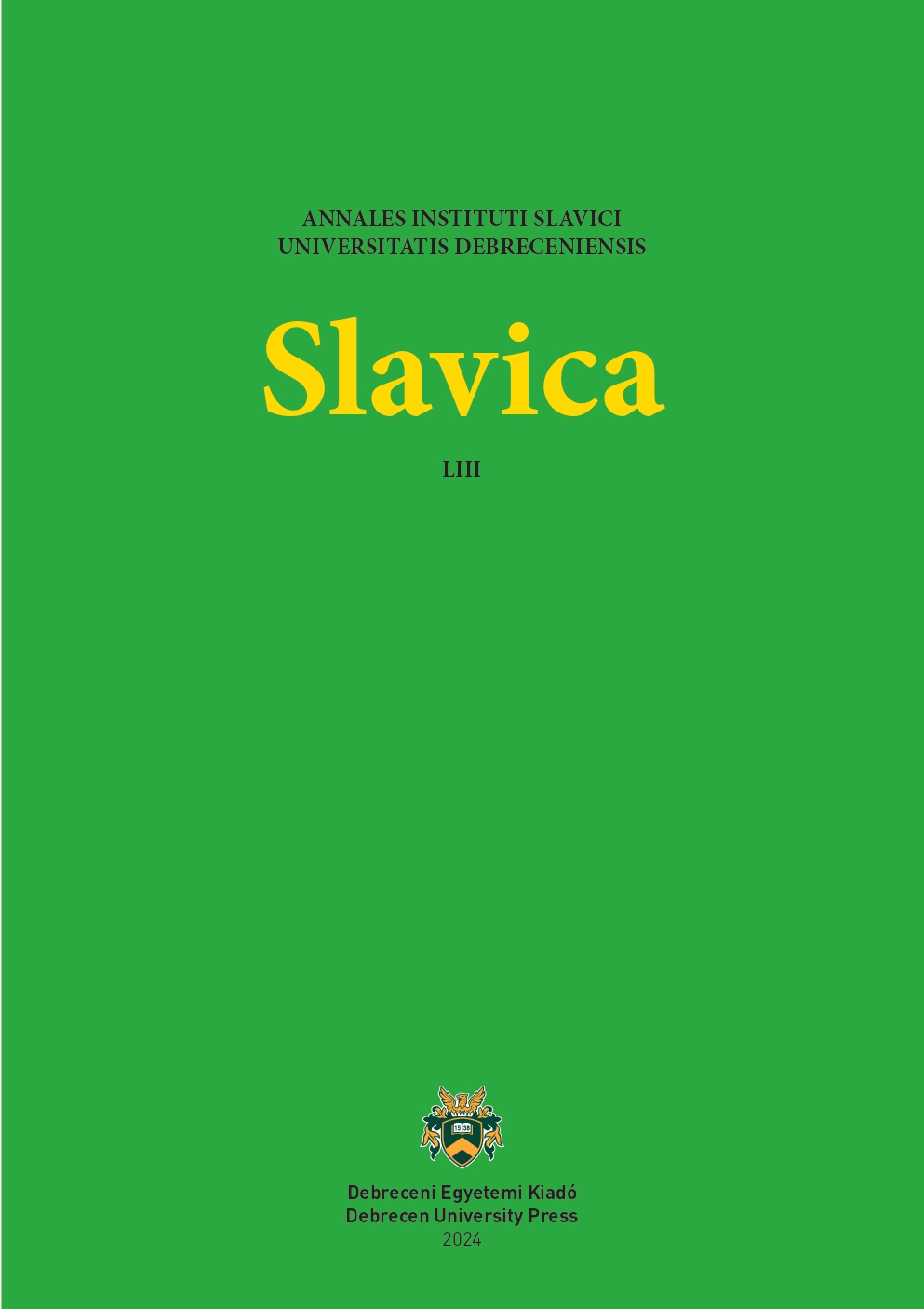Female archetypes of Bunin’s images
Author
View
Keywords
License
Copyright (c) 2024 Slavica

This work is licensed under a Creative Commons Attribution-NonCommercial 4.0 International License.
This is an open access article distributed under the terms of the Creative Commons Attribution License (CC BY-NC 4.0), which permits unrestricted use, distribution, and reproduction in any medium, provided the original author and source are credited.
How To Cite
Abstract
The system of ideas, Sophiology and philosophy of love of Vladimir Solovyov had a significant influence on the religious philosophy and formation of aesthetic views of the Russian Silver Age. Although the Nobel Prize-winning Russian writer in exile, Ivan Bunin, consciously distanced himself from the ideological and poetic tendencies of Russian Symbolism, the philosophical roots of Bunin’s prose after 1910 can be traced in Russian religious philosophy and Eastern religious teachings (Buddhism and Taoism). Bunin’s philosophy of love is also imbued with the dualistic vision that is fundamental to his philosophy of being, and the dichotomy of ‘heavenly’ and ‘earthly’ love is reflected in the ‘angelic’ and ‘demonic’ opposites of his female figures. Yet the former is the embodiment of the unattainable ideal of the Eternal Feminine, the latter, the Femme Fatale, the bearer of the earthly promise of carnal pleasures, of sexuality. The author’s female heroines also include the avatar of the Wise Woman (the embodiment of some ancient, archaic wisdom) or the Emanation of Isis (as the embodiment of cosmic energy, standing above the earthly laws of life and death). And like the symbols of yin and yang in Chinese philosophy, in the depths of each of Bunin’s female figures lurks something of its opposite.

 https://doi.org/10.31034/053.2024.08
https://doi.org/10.31034/053.2024.08